Thinking About a High-Maintenance Cat? Read This Brutally Honest Guide First.
I’ve been wrapped up in the cat world for more than twenty years—showing, caring, and working with rescues. And in all that time, I’ve seen the term ‘high-maintenance’ get a bad rap. Honestly, it’s not an insult. It’s just a label for a cat with a very specific, and demanding, set of needs. These breeds aren’t for the faint of heart or light of wallet. They ask for more time, more money, and way more know-how than your average domestic shorthair. But for the right person, that extra dedication forges a bond that’s unbelievably deep.
In this article
So many people see a glamorous Persian or a striking Sphynx and fall in love with the look, but they don’t see the daily grind that goes into it. My goal here isn’t to scare you off. It’s to give you a clear-eyed, totally honest look at the real commitment. That way, you can make a choice that’s fair to you and the cat. Let’s dive into some popular breeds that need a lot of TLC, because understanding the reality is step one.
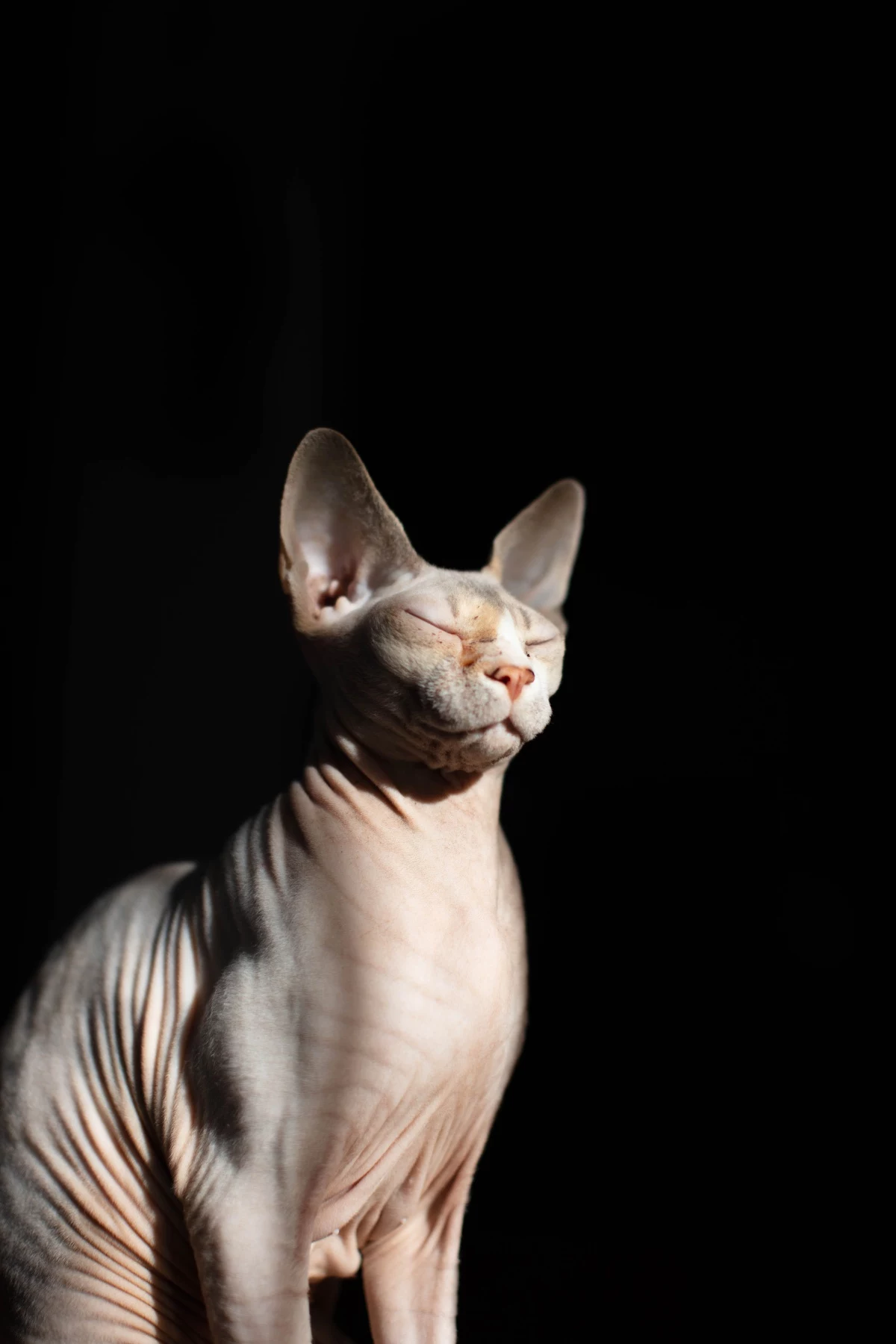
1. The Persian: The Gold Standard for Grooming
My very first show cat was a silver Persian, and wow, did I learn fast. I thought I was prepared for the fluff. I was not. I quickly discovered that keeping his magnificent coat in perfect shape was a daily, non-negotiable ritual. A well-groomed Persian coat feels like cool silk. A neglected one is a tragedy of sharp, painful mats that tug relentlessly at their delicate skin.
The Nitty-Gritty on Their Needs
The Persian’s challenges boil down to two things: that incredible coat and their sweet, flat face. The coat isn’t just long, it’s incredibly dense with a cotton-soft undercoat—a perfect storm for tangles. If you skip even a day or two, little knots can weld into massive, felted mats that are impossible to brush out and can lead to nasty skin infections.
Then there’s their brachycephalic, or flat-faced, structure. It’s cute, but it has real-world consequences. Their tear ducts often don’t drain properly, so tears spill onto their face, causing those infamous tear stains. That constant dampness is a breeding ground for skin irritation and yeast. Their short jaw also means their teeth are often crowded, making them super prone to plaque and dental disease. Heads up: routine dental cleanings are a must.
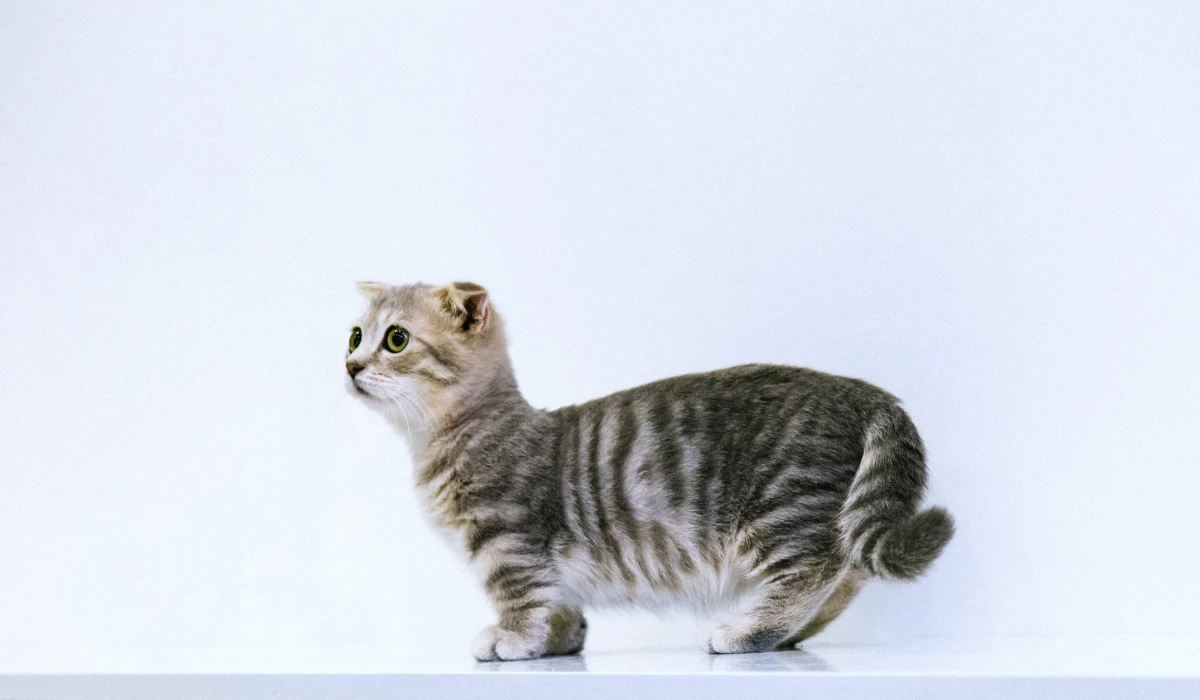
Your Daily Persian Care Routine
Caring for a Persian is a skill. You need the right gear. Forget those soft pet-store brushes; you need a high-quality metal ‘greyhound’ comb with both wide and fine teeth. My personal lifesaver is the Chris Christensen ‘Buttercomb’—it’s an investment at around $50-$60, but it glides through fur like nothing else.
Daily Combing (15-20 minutes): This is not optional. The trick is ‘line combing’—parting the hair and combing from the root out, section by section. Pay extra attention to high-friction spots like armpits, behind the ears, and their fluffy britches. You should be able to get the fine-tooth side of the comb through the entire coat without a snag. If you can’t, a mat is brewing.
A Common Pitfall & Solution: It’s tempting to grab scissors to cut out a mat. Don’t! It’s shockingly easy to cut their paper-thin skin. Instead, grab a dedicated mat-splitter tool (around $15) or try working a bit of corn starch into the mat to help tease it apart with your fingers. When in doubt, call a professional groomer. A pro session can run you $80 to $150, but it’s cheaper than an emergency vet visit.
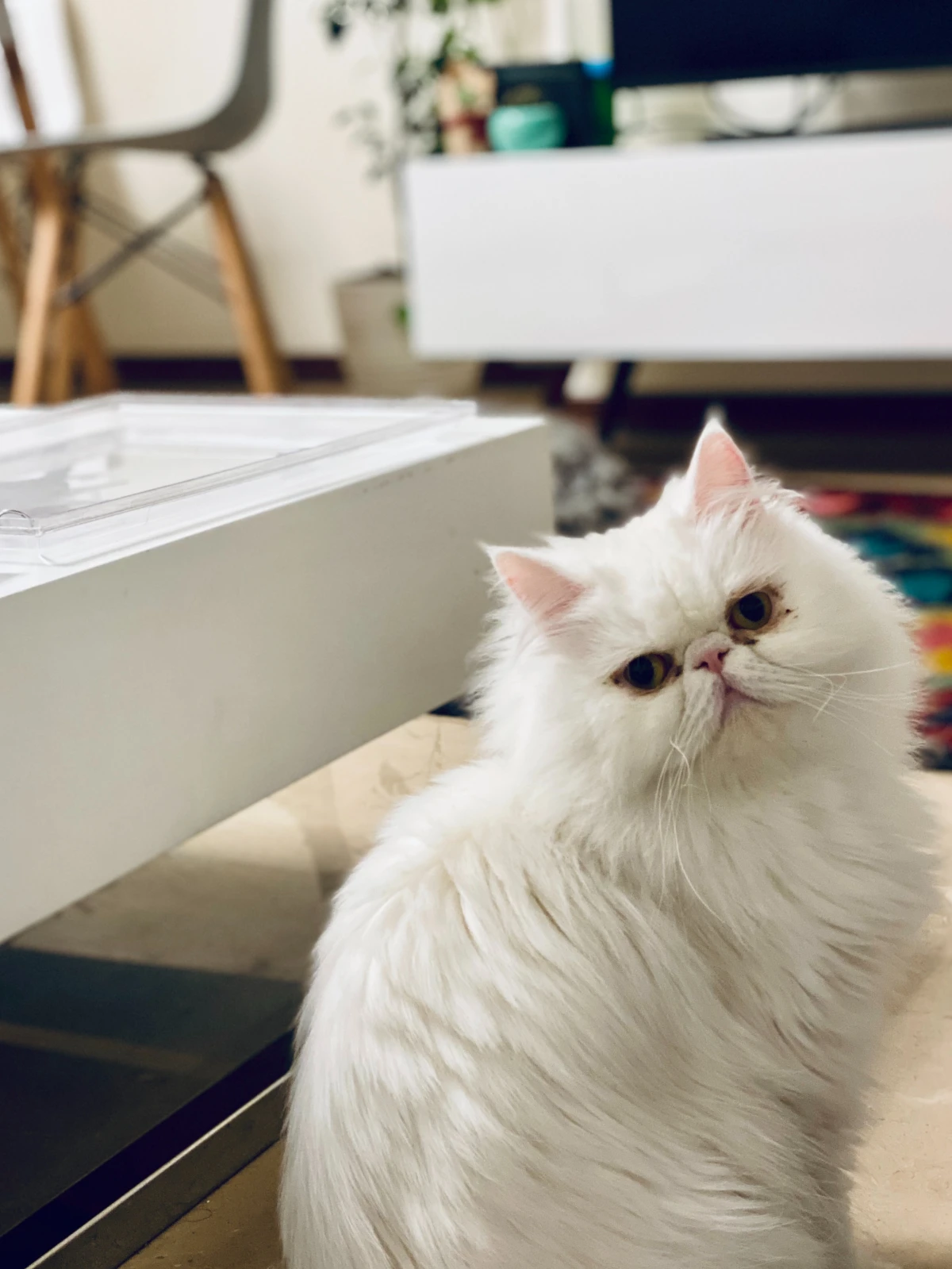
Face Care (5 minutes): Every morning, gently wipe their face with a cotton pad and a vet-approved eye-stain solution. Plain water can actually make yeast problems worse. Dry the folds thoroughly afterward.
Bathing (Every 4-8 weeks): Regular baths are key to keeping the coat from getting greasy. It’s a process. You’ll need a good degreasing shampoo, a main shampoo, and a thorough rinse. Then comes the drying, which can take an hour with a high-velocity pet dryer. Quick tip: Towel dry them until they’re just damp, not sopping wet. It’ll slash your drying time in half and is way less stressful for them.
Health, Cost, and What to Ask a Breeder
Beyond grooming, Persians are prone to Polycystic Kidney Disease (PKD). It’s a devastating inherited condition, but thankfully, responsible breeders have nearly eliminated it with DNA testing. So here’s your script when talking to a breeder: simply ask, “Can you provide the DNA test results showing both parents are PKD-negative?” If they hedge or dismiss the question, walk away. A well-bred Persian kitten from a breeder who does all this health testing will typically cost between $1,800 and $3,500.
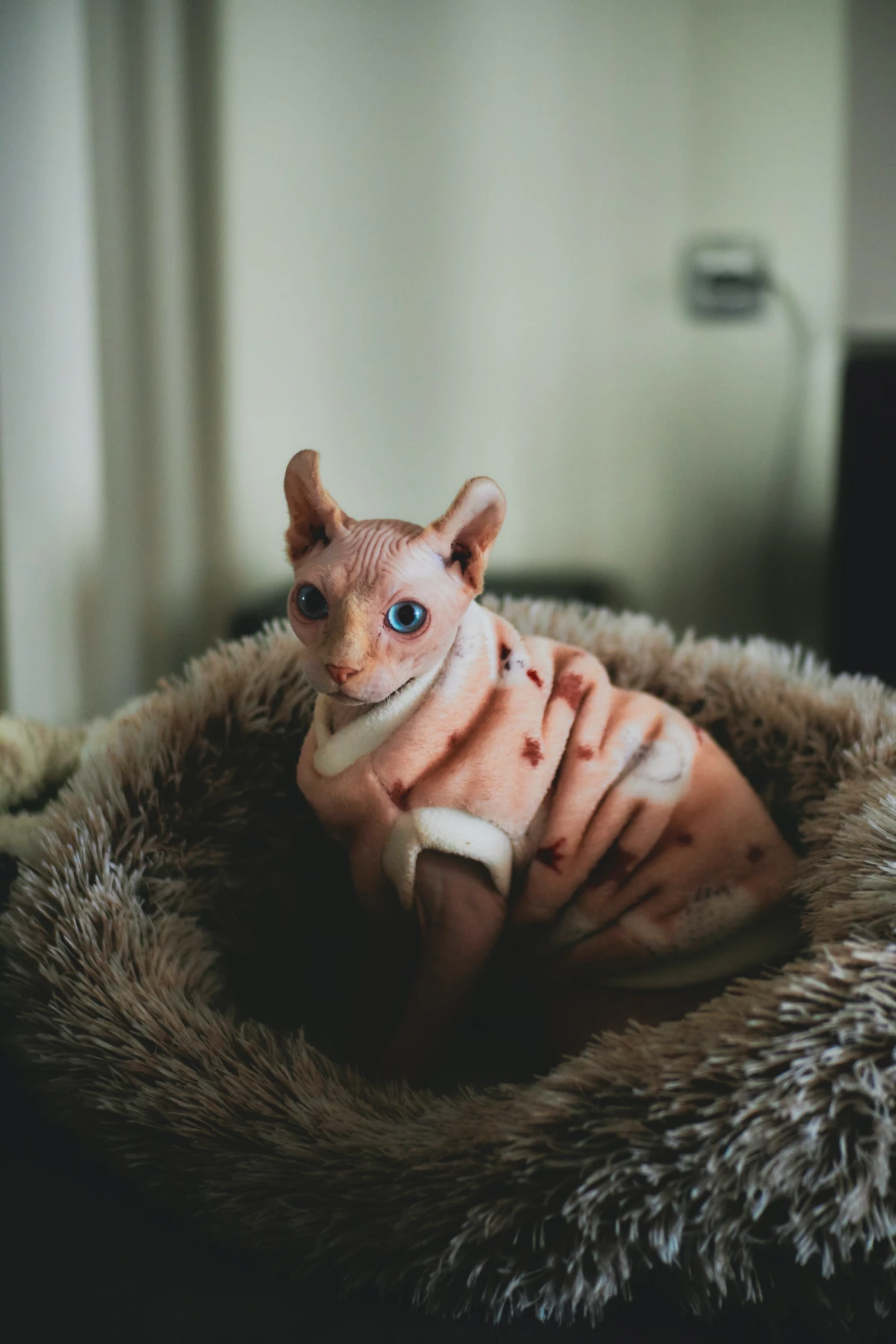
2. The Sphynx: It’s Not About a Lack of Hair, It’s About the Skin
The first time you hold a Sphynx is wild. They’re not cold or sticky; they feel like a warm, suede hot-water bottle. People assume no hair means no maintenance. Oh, how wrong they are. To be frank, they are one of the most demanding breeds out there.
The Science of the Skin
A Sphynx isn’t totally bald; they’re covered in a fine, peachy down. Because they have no fur to soak up body oils, a greasy, sometimes reddish-brown film of sebum builds up on their skin. This stuff gets on your furniture, your clothes, and can lead to skin issues if you don’t stay on top of it. They also get cold easily and have a rocket-fast metabolism to stay warm, which means they eat a lot more than other cats.
Their huge, open ears also lack hair to filter out dirt, so they produce a shocking amount of thick, waxy gunk. Their nail beds get oily and dirty, too. It’s a full-body job.
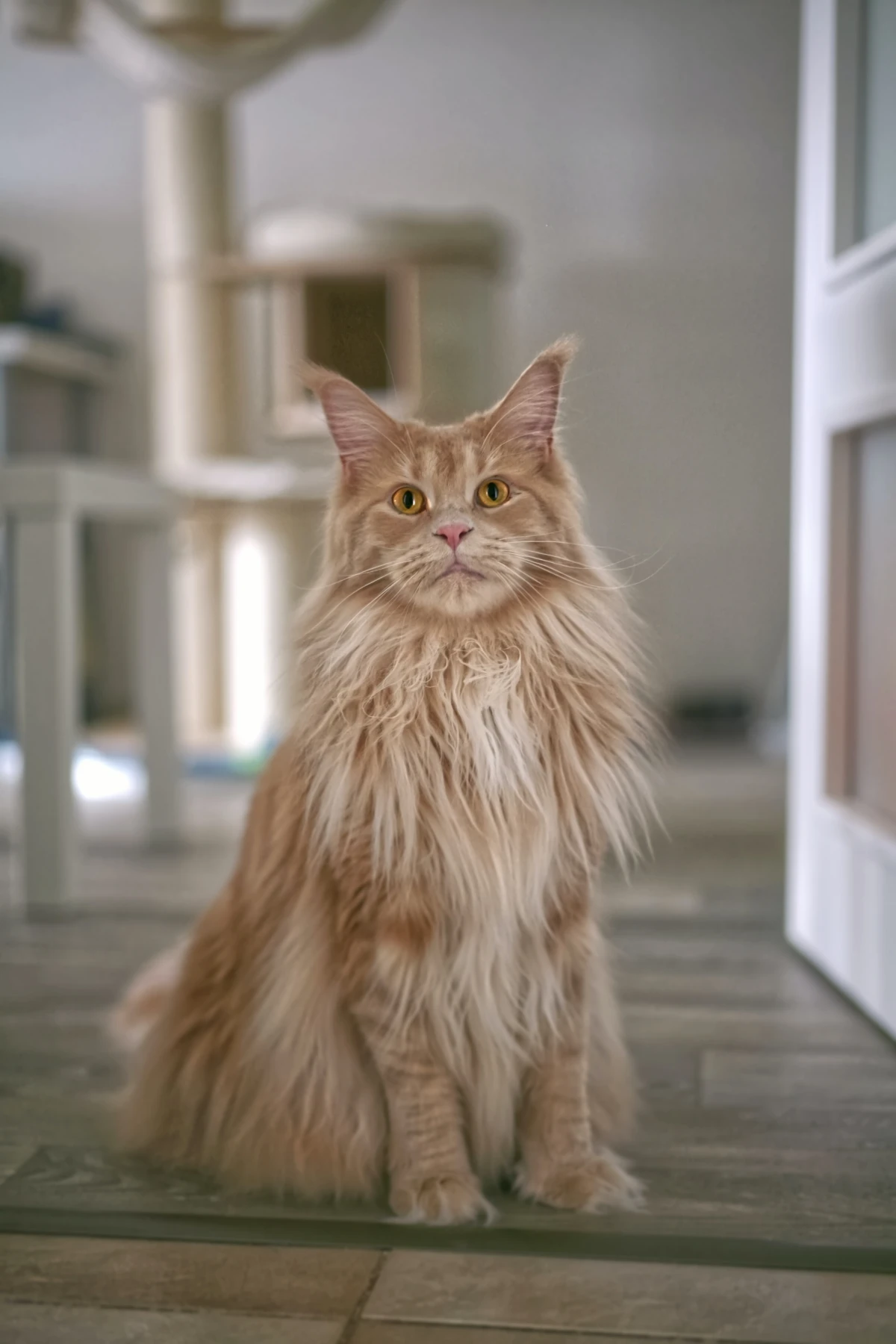
The Weekly Spa Treatment
Bathing (Every 1-2 weeks): How often you bathe them depends on how oily your specific cat is. You’ll need a gentle, hypoallergenic pet shampoo. A lot of Sphynx owners swear by a brand like Earthbath Hypoallergenic, which you can find online or at pet stores for about $10-$15. Use warm water and rinse meticulously, especially in their wrinkles.
A Common Pitfall & Solution: Don’t use human lotion on their skin, even if it looks dry. It can clog their pores and cause breakouts. A tiny bit of plain, virgin coconut oil is often a safer bet, but always check with your vet first.
Ear Cleaning (Weekly): Be gentle. Fill the ear canal with a vet-approved cleaner, massage the base of the ear (you’ll hear a squishy sound), let them shake, then wipe away all the gunk you can see on the outer ear with a cotton ball. Never poke anything deep inside.
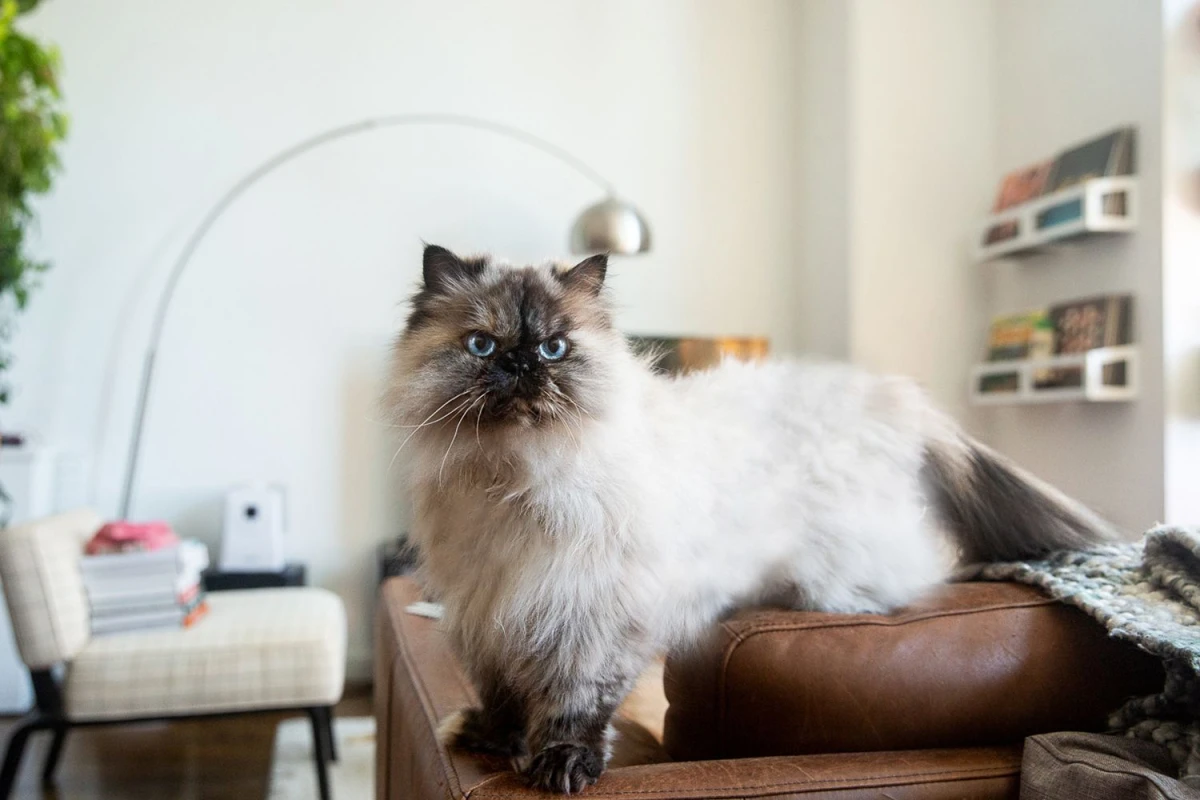
Nail Care (Bi-weekly): When you clip their nails, you also have to clean out the brown gunk that collects in the nail beds. A soft baby wipe works great for this.
Health, Home, and Finding a Good Breeder
The big, scary health concern for Sphynx is a heart condition called Hypertrophic Cardiomyopathy (HCM). Good breeders scan their breeding cats for this every single year. Here’s your script: “Can I please see the most recent annual echocardiogram reports for both parents, performed by a board-certified veterinary cardiologist?” It’s a mouthful, but a responsible breeder will have them ready.
These cats need a warm home. Heated beds (around $30-$60) are a godsend for them. They also sunburn easily, so limit their time in direct sun. A high-quality, calorie-dense food is non-negotiable. Expect to pay between $2,000 and $4,000+ for a well-bred kitten from a breeder who performs all the necessary health screenings.
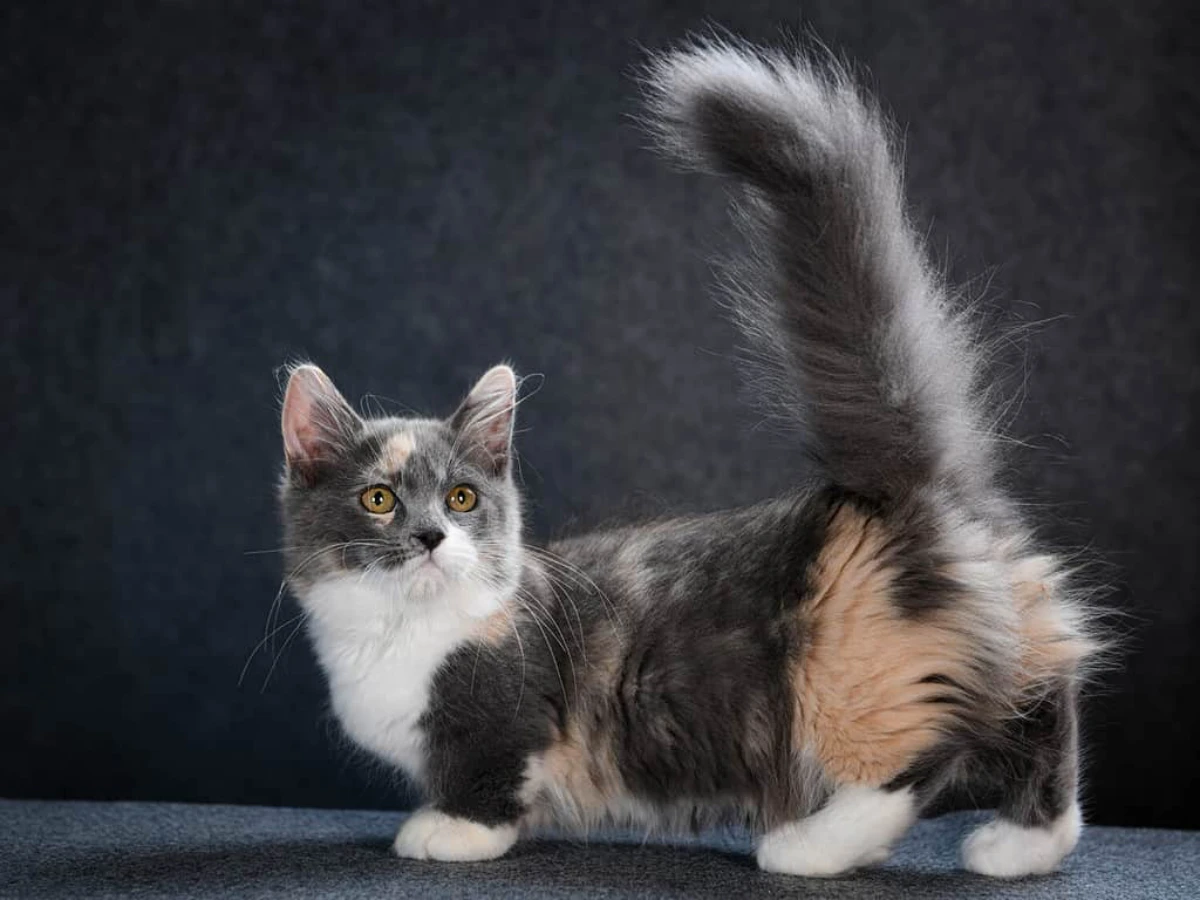
3. The Maine Coon: Gentle Giant, Giant Needs
There’s nothing quite like a Maine Coon. They’re impressively large, but it’s their golden retriever-like personality that wins you over. They are sociable, smart, and often more dog than cat. Their needs come directly from their size, their brains, and that wild-looking coat.
The Lowdown on Their Build and Coat
Maine Coons are one of the biggest domestic breeds, and they grow slowly, not hitting full size until they’re 3 to 5 years old. This large frame can put stress on their joints, and they are predisposed to hip dysplasia. Like the Sphynx, they are also at risk for HCM.
Their coat is a shaggy, water-resistant double coat. While it looks rugged, that soft undercoat can easily form dense mats if you don’t keep up with it. The prime spots for trouble are the belly, armpits, and those fluffy hind-leg ‘britches’.
Grooming and a Maine Coon-Proof Home
Grooming (2-3 times per week): You don’t need the daily commitment of a Persian, but you need to be thorough. An undercoat rake is your best friend here—you can get a good one for about $15-$25. It pulls out all the loose, dead undercoat that causes mats. Follow up with a greyhound comb to sort out any tangles.
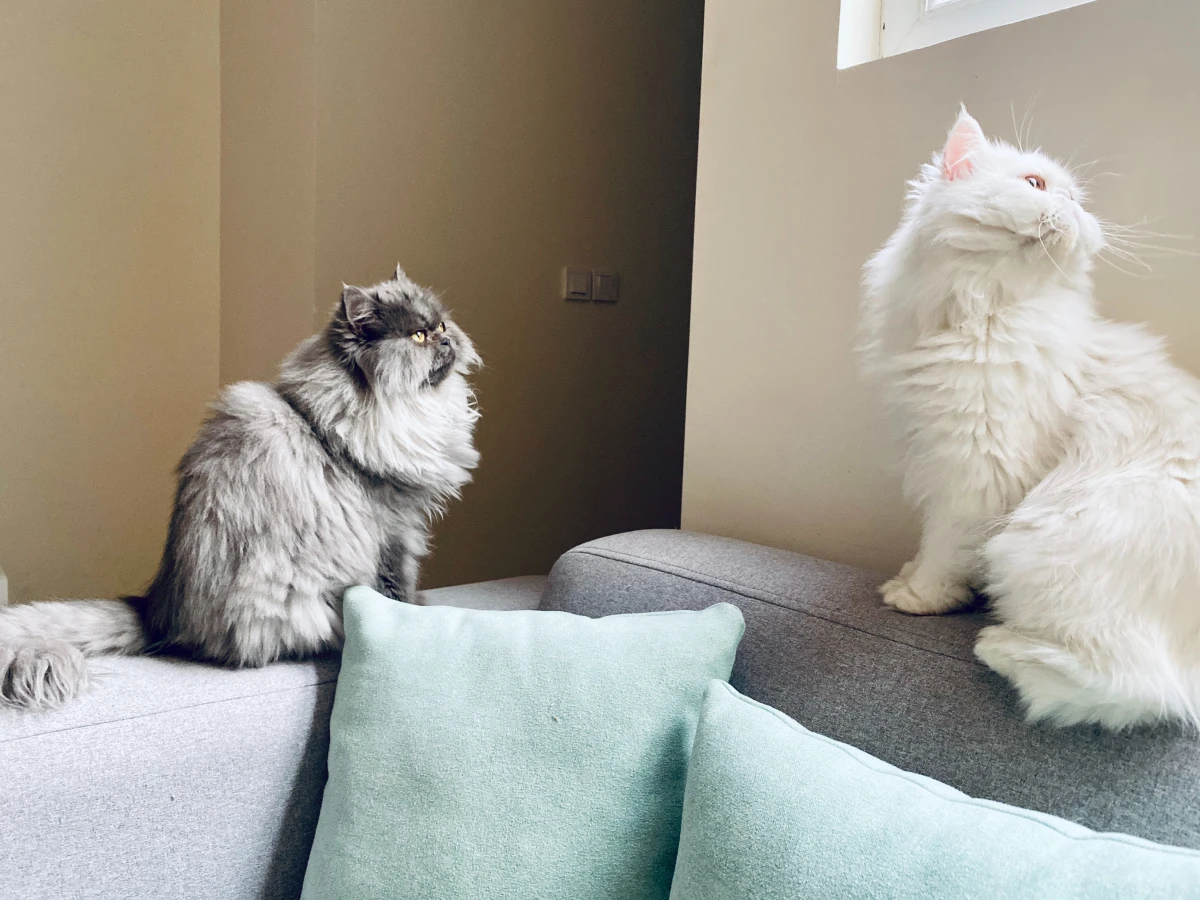
New Owner Shopping List: Everything needs to be supersized.
- Extra-Large Litter Box: $25-$50
- Sturdy, Heavy-Base Cat Tree: $150-$300 (don’t cheap out, they’ll topple a flimsy one!)
- Undercoat Rake & Greyhound Comb: $40-$60 for good quality ones
Mental Stimulation: This is huge. These cats are wicked smart and get bored easily. A bored Maine Coon can become a destructive one. Puzzle feeders, interactive toys, and even clicker training are fantastic for keeping their minds sharp. They crave interaction and don’t do well if left alone for long periods.
Health, Diet, and What to Ask a Breeder
A good breeder is paramount. Your script should include two parts: “Can I see the parents’ HCM DNA test results AND their most recent heart scans?” and “Have the parents had their hips evaluated by a specialist through a program like OFA?” A great breeder will proudly show you these clearances. Be prepared for a higher price tag for this diligence; a well-bred Maine Coon kitten typically costs $1,500 to $3,000.
4. The Himalayan: The Persian Experience, But Pointier
Let’s get straight to it: a Himalayan is basically a Persian with a Siamese paint job. In fact, most major cat registries just classify them as a color variation of the Persian breed. This is the key takeaway, because it means you are signing up for the full Persian care package, sometimes with a more vocal and demanding personality thrown in.
They inherit the long, thick coat and the flat face directly from their Persian ancestors. That means the exact same challenges: a high-maintenance coat prone to matting, daily face cleaning for tear stains, and risks for PKD and dental issues. The care regimen is identical. You’ll need the metal comb, the daily grooming commitment, and the face wipes. There’s no getting around it.
Where they can differ is temperament. The dash of Siamese heritage can make them a bit more chatty and active than their super-serene Persian cousins. They often crave attention and can get lonely, so they’re not a great fit for a home where they’ll be alone all day. This social need is a form of maintenance that people often forget. If you’re considering a Himalayan, you’re looking at a kitten price of around $1,500 to $2,500, and you need to be prepared for the dual demands of intensive grooming and constant companionship.
5. The Munchkin: The Controversial Choice
Okay, let’s talk about the Munchkin. This is probably the most debated breed out there, and I always approach the topic with caution and transparency. Their signature short legs are due to a genetic mutation (dwarfism). While fans love their sweet, playful nature, many vets and major cat registries don’t recognize them due to ethical concerns about deliberately breeding a physical deformity that can cause health problems.
The short legs affect more than just their height. They can’t jump as high, and there’s a risk of spinal issues like lordosis (a downward spine curve that can press on organs) or pectus excavatum (a hollowed chest). Not all Munchkins have these issues, but the risk is baked into the breed’s structure.
The main ‘maintenance’ here isn’t grooming (though long-haired versions need regular brushing), but environmental support and health monitoring. You have to adapt your home for them. This means providing ramps or pet stairs—you can get cheap ones on Amazon for $20-$40—so they can get on the couch or bed without stressing their spine. Litter boxes need low sides for easy access.
If you’re even thinking about this breed, your research needs to be exhaustive. Your breeder script must be direct: “How do you screen for spinal and chest issues like lordosis and pectus excavatum in your breeding cats?” A breeder who is not brutally honest about the risks is a huge red flag. This is a breed where you accept a higher-than-average chance of structural health problems, and their purchase price can still be anywhere from $1,500 to $3,000+.
A Final Reality Check
Choosing a high-need cat is a decision you have to make with your head as much as your heart. The beauty is undeniable, but the daily work is real, the financial costs are higher, and the potential for health issues is something you have to be ready to face.
Before you commit to a 15- to 20-year relationship, do your homework. Talk to people who actually live with these breeds. Join breed-specific social media groups and read the daily complaints, not just the cute photo highlights. A responsible breeder is your best resource. When you find the right match, the bond you build through all that dedicated care is one of the most rewarding things you’ll ever experience.










